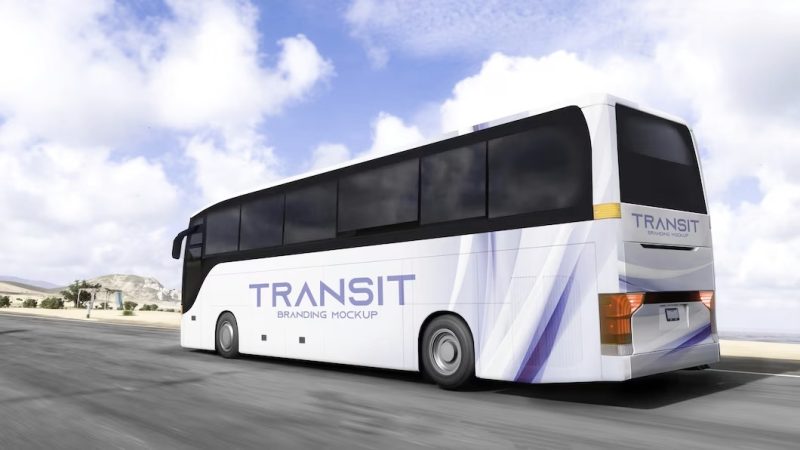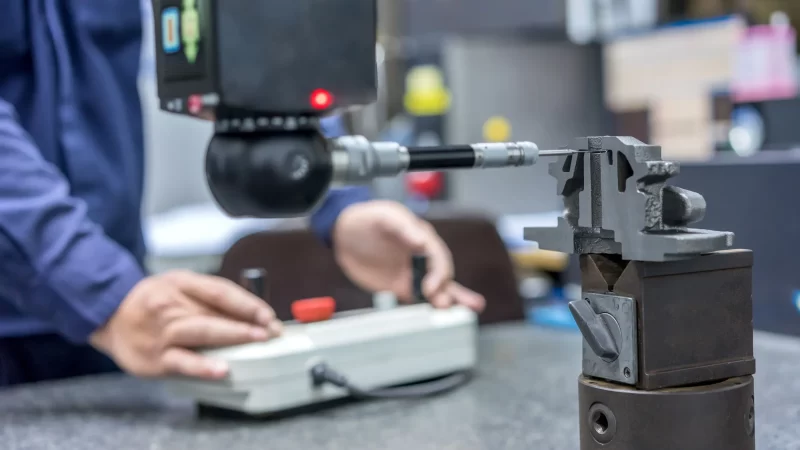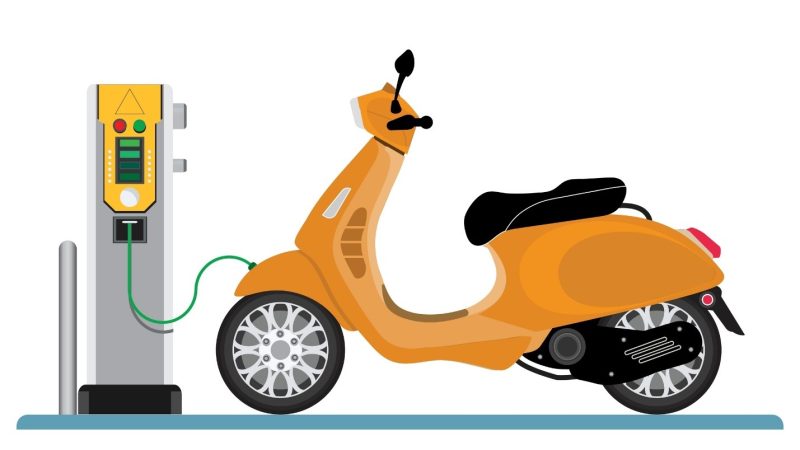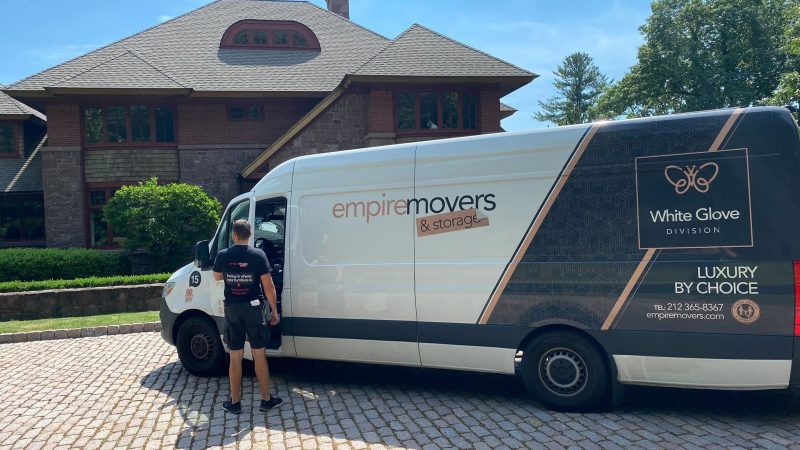Delivery robots: The advent of COVID-PROOF delivery
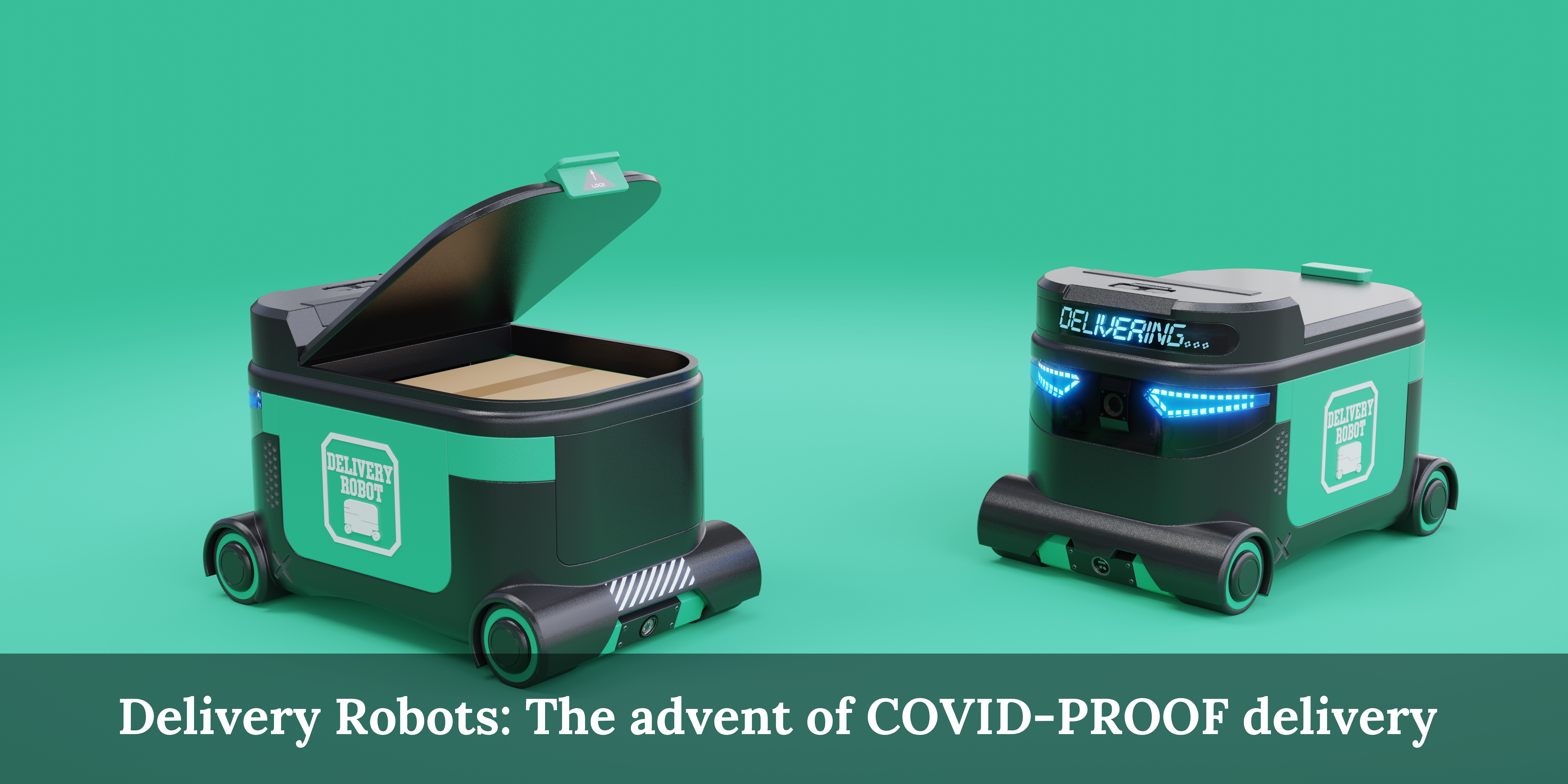
A few years back, delivery robots were just a concept of fiction. However, this technology has taken a physical form recently. Delivery robots assist businesses in regular duties. These robots can perform tasks where human access is not possible. In addition, the sudden onset of the COVID-19 pandemic has raised the demand for contactless, or we can say COVID-PROOF deliveries all across the world.
Delivery robots have gained rapid popularity across various verticals. In the hospitality sector, these robots are employed to serve the consumers without the risk of human contact. Moreover, companies adopt these robots to offer quick delivery at doorsteps without any additional cost. Oxford University researchers estimate that delivery robots are forecast to replace 92% of the salespeople by 2023.
DoorDash began using food delivery robots in 2019. The robots can carry up to 22lbs and help drop off food orders at the doorsteps. In addition, it reduces the chances of stealing the food or tampering with it.
Adoption of delivery robots across various verticals
Food Industry: Prominent players in the food industry are signing partnerships with prominent delivery robot manufacturers to offer services without any human engagement. In April 2021, Domino’s signed a pact with Nuro, Inc., an autonomous delivery robot manufacturer, to offer driverless deliveries to consumers. With delivery robots, room services have just got better. The hospitality industry struggled highly during the COVID-19 pandemic. Due to the risk of infection, people stopped visiting hotels, restaurants, and cafes. Thus, the adoption of delivery robots increased highly to enable contact-less delivery and maintain the security of staff and customers. Savioke, a pioneer in the hotel delivery market, leased out around 100 bots to approximately 80 hotels.
Healthcare: Pharmacies witnessed a pool of patients during the pandemic. Due to the high consumer base, it became necessary for service providers to take precautions in order to save themselves from virus transmission. Thus, pharmacies adopted delivery robots to offer safe services to the consumers without causing delays. Recently, in March 2021, the AIN pharmacy started delivering medicines at doorsteps through an autonomous delivery system. Healthcare bodies, such as hospitals, clinics, and other health systems, adopt delivery robots to help their staff in daily duties. These robots navigate elevators and hallways to deliver medications in a particular room. In addition, they are also used to send lab samples quickly, safely, and reliably.
Logistics and e-commerce industry: Logistics and e-commerce sectors are adapting to the new technological systems to cater to public demands. The E-commerce industry gained significant traction, owing to rising demand for contact-less deliveries, stringent government laws, and better consumer experience than traditional platforms.
In addition, easy access to multiple products, availability of a wide range of options, and on-time delivery have increased the demand for online shopping during the pandemic. As a result, prominent online grocery stores, including Big Basket, Flipkart, and Amazon, have begun developing delivery robots to cater to public demand.
Amazon and FedEx made headlines in the past as the companies are developing delivery robots for work. In addition, FedEx’s bot Roxo has performed on-road tests recently.
In 2020, Ottonomy Inc. inked a partnership with snapdeal to offer automated delivery robots to enable contact-less deliveries for consumers. The tests for Ottonomy automated delivery robots are done and are expected to cater to the audience of India soon.
The future scope of the global delivery robots’ market
The delivery Robot industry is witnessing high growth, owing to the rising concerns over COVID-19 infection, increasing demand for contact-less delivery, and growing demand for food and other products. The growing era of e-commerce platforms, cloud-kitchen, has further contributed to market growth. Industry players, such as Nuro, Inc., Panasonic Corporation, and Robby Technologies, are expected to witness ample growth opportunities due to the rising terror of COVID-19.
With the emergence of COVID-19, the demand for contactless delivery has skyrocketed. Many autonomous delivery robot firms are seeing a huge potential to expand as a result of the coronavirus outbreak, which has forced millions of people to stay at home. In April 2020, Venezia’s New York Style Pizza began offering pies by sanitizing the Starship robot. The robot can reach the customers staying within a half-mile radius.
According to Astute Analytica, the global delivery robot market is forecast to grow at a compound annual growth rate of 17.7% in terms of value during the forecast period from 2021 to 2027. The growth of the market is attributed to the growing applications of technology across various verticals. Moreover, these robots perform tasks with efficiency, which can help the staff in their daily chores.
FedEx uses delivery bots to enhance the efficiency of its employees. The company has been using these robots since 2016 to help its technicians retrieve, move, or pick up various parts at its equipment repair center. The business also unveiled FedEx SameDay Bot in 2019. It is an autonomous delivery robot that helps retailers perform same-day and last-mile deliveries.

